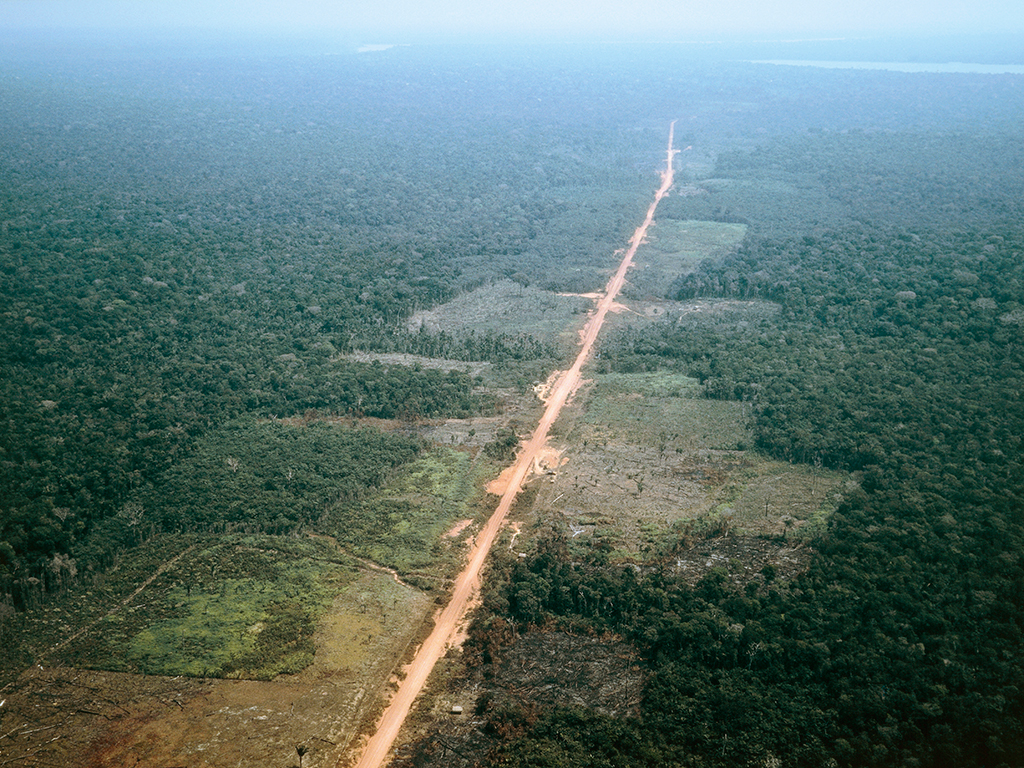Fight against deforestation must speed up
Studies show that individual and collective commitments to remove deforestation from the supply chain are growing, just not fast enough

The Trans-Amazonian highway in Brazil, which has been subject to deforestation. Many policy-makers have promised to tackle the issue, but have taken little action to considerably reduce its prevalence
There is arguably no clearer image of mankind’s destructive influence on the planet than a forest stripped of its cover, yet connecting the dots between the affected areas and populations is a complex business. The often-made assumption is that deforestation is executed only by faceless and irresponsible organisations, operating off the radar and under the guise of another name. However, the truth is that this process fulfils an important function in the global supply chain, with over 50 percent of deforestation in the past 10 years attributable to none more than consumer demand for food, feed and fuel prices.
Palm oil, soya, beef, leather, timber, pulp and paper are all commodities that can be found in near enough every room in the developed world, and all commodities that implicate each of us in a runaway deforestation economy.
[A]ttempts to end deforestation have passed no further than the outskirts of global policy discussion, and the risks, even now, are little understood by the man on the street
True, if deforestation were stripped from the supply chain, it could mean that these demands would not be met so easily, yet the ecosystems in question represent a vital source of natural capital for the global economy; and only now are the risks and repercussions becoming clear.
Figures taken from the Global Canopy Programme’s (GCP) Forest 500 project show that $1.7tn in shareholdings are exposed to so-called “forest risk commodities”. And by drawing the data from 40,000 public and private sources, the GCP has named the 150 investors, 250 companies, 50 countries and remaining powerbrokers that control the global network of commodities and outlined what steps have been taken to reduce the damage.
For years, attempts to end deforestation have passed no further than the outskirts of global policy discussion, and the risks, even now, are little understood by the man on the street. This is despite one Bonn-based Convention on Biological Diversity in 2008 that showed damage to natural ecosystems could halve living standards for the world’s poor and wipe seven percentage points from global GDP by 2050. This is an issue that is responsible for 15 percent of all global greenhouse emissions, and with two thirds of the planet’s biological diversity on the slide, some perilously so, the findings point to a future in which the precious natural resources on which we all depend are pushed to the brink of extinction.
The issue in the main is that the above-mentioned commodities are all renewable by nature, yet the go-to methods of extraction and production are unsustainable. Detergent, chocolate and prime cut steak are all part and parcel of everyday life in the developed world, yet the present methods of production – chiefly deforestation – could bring untold consequences for future generations.
Still, there is hope yet. The New York Declaration on Forests aims to end deforestation in the supply chain by 2020 and the Consumer Goods Forum’s 400 corporate members are committed to net zero deforestation, again before 2020. Meanwhile, similar commitments have been made at national and sub national level, (see Colombia, Norway and Liberia) and a string of corporate names have adopted policies to this same end (Groupe Danone, Kao Corporation and Nestle).
There is a discernible difference between the promises put to paper and the actual progress made by those aiming to strip deforestation from the supply chain. Studies show that governments in some of the worst affected areas are relying too heavily on industry-led voluntary initiatives, and many are questioning whether short-term growth targets can be reached without the same extent of deforestation. “However, increasing emphasis has been put on the need to transition to green economies, where development is not predicted on deforestation and short-term economic growth does not come at the expense of natural capital,” according to the Forest 500 executive summary.
While the steps taken so far are small, there is reason to believe that the cause is gaining traction. By making visible the risks, for governments, corporates and investors, the Forest 500 marks an important turning point in alerting implicated parties to the pains inflicted by the issue. And though deforestation is out of sight and out of mind for most, there is a growing consensus that more must be done to address the malpractice before it spreads any further.













